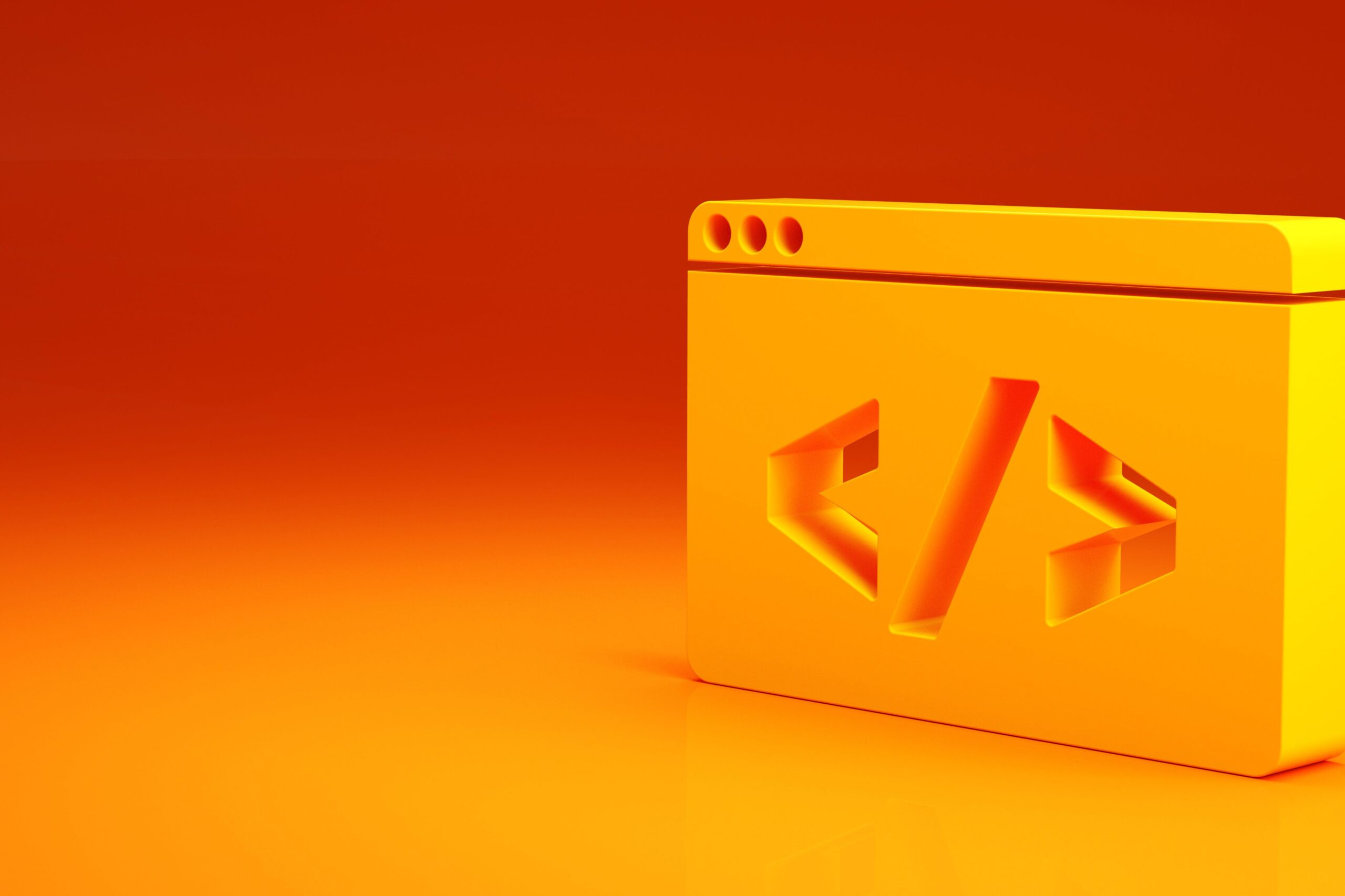
Distinctions Between Front End and Back End Development: 2024 Insights
In the evolving world of web development, the roles of front end and back-end developers are more distinct yet intertwined than ever. Here’s a closer look at what sets them apart in 2024.
Front End Development: Crafting the User Experience
Front end development, often referred to as the client-side, focuses on what users interact with directly in their web browsers. This involves everything from the layout and design to the interactive elements and overall user experience. Modern front-end developers are masters of HTML, CSS, and JavaScript, but in 2024, the landscape has expanded.
Frameworks like React, Angular, and Vue.js remain staples, enabling developers to build dynamic, responsive interfaces. The rise of Web Assembly is also noteworthy, allowing for more performant applications by compiling code written in languages like Rust or C++ into a web-friendly format. Additionally, the push for more accessible and inclusive design is stronger than ever, ensuring websites are usable by everyone, regardless of ability.
Back End Development: Powering the Underlying Systems
On the flip side, back-end development handles the server-side operations that power the front end. This includes database interactions, server logic, authentication, and API integrations. Languages such as Python, Java, Ruby, and PHP are the backbone here, with frameworks like Django, Spring, Rails, and Laravel streamlining the development process.
In 2024, the back end is seeing a surge in the adoption of microservices architectures, enabling applications to be broken down into smaller, manageable services. Containerization with Docker and orchestration tools like Kubernetes are also essential, allowing for scalable and efficient deployment of applications. Moreover, the integration of AI and machine learning models into back-end systems is becoming more prevalent, enhancing functionality and user personalization.
Bridging the Gap
While front end and back-end roles have distinct responsibilities, the collaboration between them is crucial. Full stack developers, who can navigate both realms, are in high demand. Tools like GraphQL facilitate smoother data handling between front end and back end, ensuring seamless user experiences.
In summary, front end and back-end development in 2024 are more specialized and advanced, yet their synergy is key to creating robust, user-friendly web applications. Whether you’re a seasoned developer or a newbie, understanding these distinctions is vital in the ever-evolving tech landscape.


